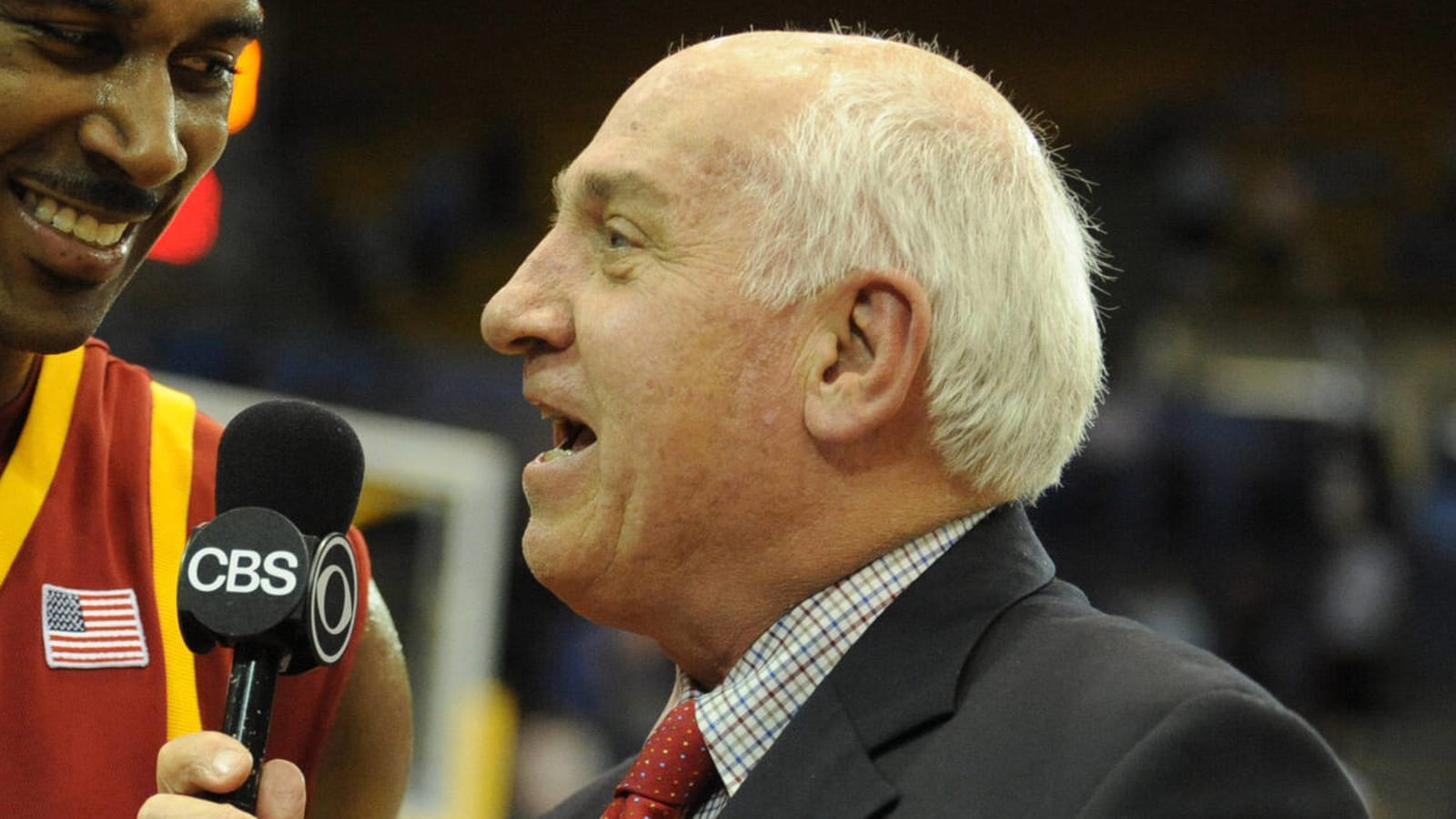
Remembering Hoops, the college basketball computer game Billy Packer helped develop
Billy Packer's contributions to college basketball included an endless list of analyses and calls (both famous and infamous) as a broadcaster and voice of the Final Four on TV for more than three decades.
But he also had a small hand in developing a long-forgotten 1980s computer game, Hoops, which was basically the college basketball version of Strat-O-Matic.
Packer died on Thursday night at the age of 82 due to kidney failure that was the result of various health issues over the past few weeks.
Hoops was mostly developed by the sports analytics duo of Jeff Sagarin and Wayne Winston. It originally began as a table-top card game that would have historical teams go against each other, similar to the old Strat-O-Matic baseball game.
Sagarin enlisted the help of Packer to create defensive ratings for the players in the game.
The March 30, 1987 edition of Sports Illustrated called the game "addictive" due to its "sophisticated, yet marvelously easy to play" style. It was available for purchase only through mail order.
The initial game included the statistics and characteristics of 220 top teams between 1950 and 1986 on a floppy disc.
Later versions of the game would add teams and make gameplay adjustments (adding in a fatigue factor for players, the three-point shot, etc.) to improve the experience.
This game would help be the launching pad for Sagarin's career as a sports analytics expert. His methods for rating teams would be used regularly by USA Today, the college basketball selection committee, and the college football bowl championship series.
Hoops didn't have much staying power due to the eventual development of sports video games, and it is merely a footnote in Packer's career.
More must-reads:
- Pete Carroll raises eyebrows with comments on bitter Jim Harbaugh rivalry ahead of 'MNF' showdown
- Knicks improve bench with former Sixth Man of the Year
- The '200-passing yards in first 20 NFL games' quiz
Breaking News
Trending News
Customize Your Newsletter
 +
+
Get the latest news and rumors, customized to your favorite sports and teams. Emailed daily. Always free!








